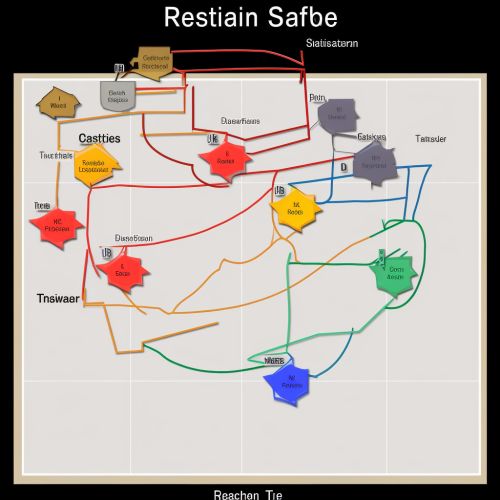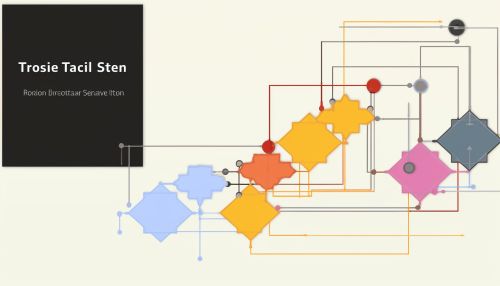State Transition Testing
Overview
State Transition Testing is a type of software testing technique that is used to test the behavior of an application or system under test (SUT) in response to varying input conditions and changes in state. This testing approach is particularly useful in scenarios where a system's behavior can be represented as a series of states or transitions between states.
Understanding State Transition Testing
In State Transition Testing, the system under test is considered as a 'machine' with multiple states, and the transitions from one state to another state are tested. The tester provides inputs to the system and verifies the system's behavior by checking if it has transitioned to the correct state.
This testing technique is based on the concept of finite state machines (FSMs), a mathematical model of computation used to design both computer programs and sequential logic circuits. An FSM is defined by a list of its states, and its initial state, among others.
When to Use State Transition Testing
State Transition Testing is particularly useful in the following scenarios: - When the system behavior is different for different states. - When the system has a sequence of events that occur in a particular order. - When the system has distinct states that can be easily identified and tested. - When the system's behavior is expected to change in response to certain inputs or conditions.
Advantages of State Transition Testing
State Transition Testing offers several advantages, including: - It provides a systematic approach to testing complex systems. - It helps in identifying improper transitions between different system states. - It can uncover defects that might not be found with other testing techniques. - It can be used to ensure that all possible states and transitions in a system are covered by tests.
Disadvantages of State Transition Testing
Despite its advantages, State Transition Testing also has some limitations: - It can be time-consuming to identify all possible states and transitions in a complex system. - It may not be suitable for systems that do not have clearly defined states or transitions. - It requires a deep understanding of the system under test, which may not always be possible.
State Transition Diagrams
A state transition diagram is a graphical representation of a system's states, the transitions between these states, and the events that cause these transitions. It is a useful tool for understanding the behavior of a system and for designing state transition tests.


State Transition Table
A state transition table is another tool that can be used to design state transition tests. It is a tabular representation of a system's states, the events that cause transitions between these states, and the resulting states.
State Transition Testing Example
To illustrate the concept of State Transition Testing, consider an example of an online banking system. The system might have states such as 'Logged Out', 'Logged In', 'Account Selected', 'Transaction Initiated', and 'Transaction Completed'. The transitions between these states would be triggered by events such as 'Log In', 'Select Account', 'Initiate Transaction', and 'Complete Transaction'. State Transition Testing would involve testing these states and transitions to ensure that the system behaves as expected.
Conclusion
State Transition Testing is a powerful testing technique that can help ensure the robustness and reliability of a system. By systematically testing the states and transitions of a system, it can uncover defects that might otherwise go unnoticed.
